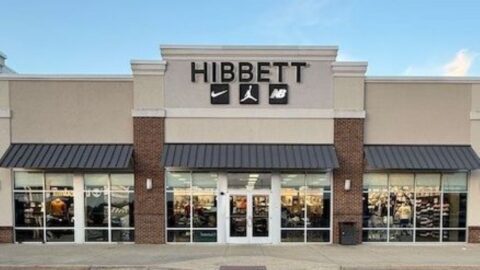Every retailer knows the value of a great shopping experience, but actually delivering on this promise can be a tricky challenge — particularly online. Several retail leaders recently discussed key strategies behind loyalty-generating experiences, during the What Makes Creating Meaningful Experiences for Your Shoppers So Hard? webinar, hosted by CommerceNext. Key takeaways include:
- Don’t be afraid to make education granular: Even small, selective brands with a focused portfolio and knowledgeable customers can benefit from making product selection as informative as possible;
- Look for success beyond pure conversions: Many retailers are also wholesale partners for other players in the industry, and good experiences on their homepages can produce further sales when shoppers browse at other companies; and
- All technology has to start somewhere: Some experiential technologies can feel a bit too cutting-edge, but that doesn’t mean they should be ignored — retailers that experiment with new ideas will be better positioned for when they become commonplace.
You’re not Just Explaining Your Products — You’re Explaining the Whole Category
Luxury retailers with a small, curated collection of products may have fewer items to explain, but even the most select portfolio is constantly competing with the rest of its category, on the retailer’s homepage and beyond. Just because shoppers are browsing your selection doesn’t mean you’ve already won the sale, and even the clearest benefits can be muddied by competing brands’ claims.
Alex Richardson, Chief Technology and Digital Officer at haircare retailer Frederic Fekkai Brands, noted during the presentation that “Even though we only have about 20 SKUs, we found a lot of customers didn’t know quite which product to use, since you can just walk into Target or Ulta Beauty and look at the shelves of products. It’s a massively competitive environment.”
While Frederic Fekkai is an established name in the haircare industry, standing out from the competition still required extra work — even with shoppers who had already made it to the brand’s ecommerce site. Turning browsers into buyers required a simple, seamless experience, and the ubiquity of smartphone cameras provided the perfect technology.
Frederic Fekkai can collect 125 data points just from a picture of hair, which are then enhanced with simple questions such as “What color is it?” and “Is it bleached?” The software also pinpoints the location of the shoppers’ IP address and explains how local factors like air pollution, water pH and heat affects their hair. Adjustments to the algorithm can help the shopper further fine-tune the results.
The combined information is then used to create a completely custom, discounted bundle of products that fits the shoppers needs. Products that utilize this feature have earned conversion rates three times higher than the rest of the items on the site.
The Best Experiences Build Loyalty That Transcends Shopping Venues
The value of a positive experience doesn’t end when the shopper checks out, even if they don’t become a regular customer. Leaving with a good memory of the brand and its service carries over to future transactions, including those at other retailers and on marketplaces. While keeping a shopper in your own ecosystem forever is ideal, it’s often an unrealistic goal in an age of endless ecommerce choice.
With this in mind, retailers need to consider the bigger picture when weighing their experiential KPIs. A successful experience will probably influence at least one direct sale, but looking at a longer tail and measuring whether an initiative is also improving alternative paths to purchase can provide valuable insights.
“Conversion rate is very, very important; it’s how we judge our performance,” said Chris Hardisty, SVP of Ecommerce at iconic shoe brand Clarks during the presentation. “However, we’re also mindful that it’s important for us that our experience still be very informative, quick and insightful for those that are going to be buying at Macy’s or anywhere else we may sell. Repeat customers, loyalty, positive feedback — those kinds of things are the only way you can judge how well you’re doing.”
Don’t Be Afraid to Experiment with New Experiential Technology
Not every experience driver is going to fire on all cylinders at first, but that doesn’t mean retailers should sit back and wait for the technology to mature on its own. Learning how to best use tech takes time, and companies willing to put in the work will be ahead of the curve in both expertise and knowledge once these new experiences become mainstream.
The value of being a trailblazer is currently making itself known with AR and VR, which are powering sales-driving experiences across retail. Verticals that have been toying with the concepts for years are now reaping the benefits, while other retailers are still developing the potential of their own capabilities.
“I remember doing AR and VR work 15 years ago and just how kludgy it looked,” said Kristin Smith, SVP of Digital at Hanna Andersson during the presentation. “Quite frankly, it was just not ready for primetime, but because they kept hammering at it and working at it and working at it, I’d say certain retailers are probably a lot further along than some others. If you’re looking at things like home furnishings and beauty, they’re in a much better place than fashion, footwear, etc. I think there’s definitely something there, it’s just going to take some time for the other verticals time to catch up.”













